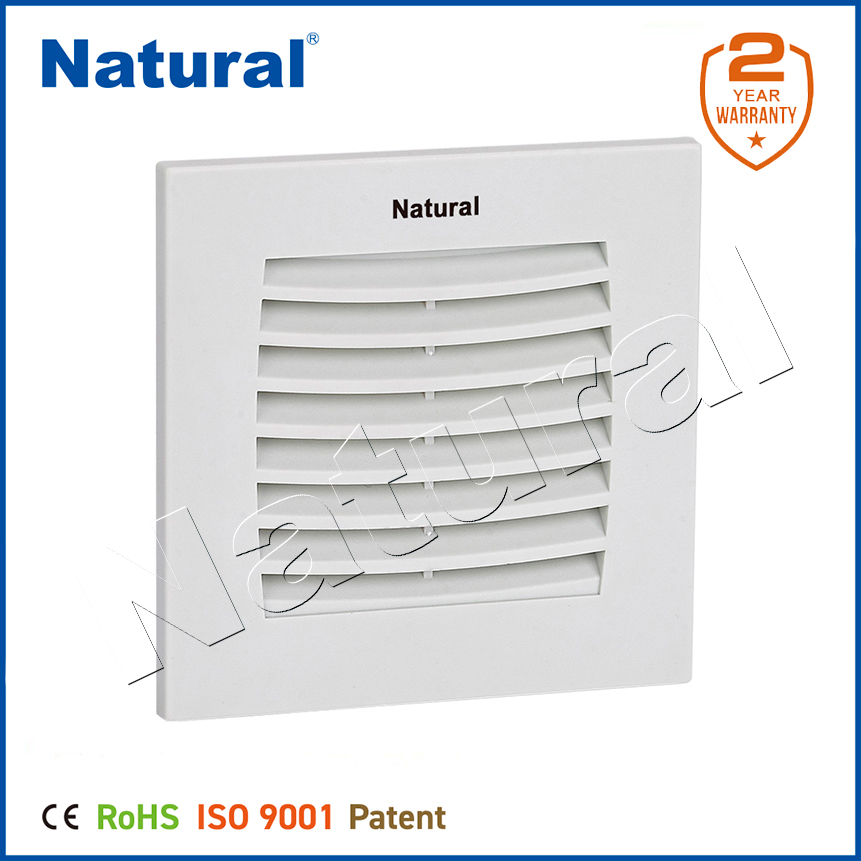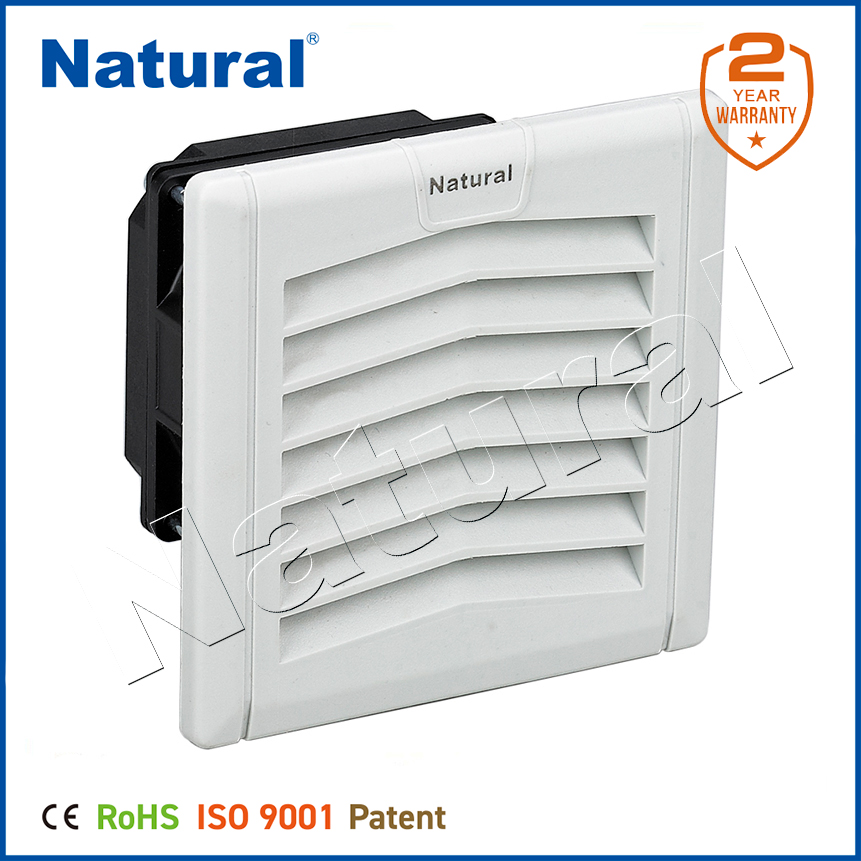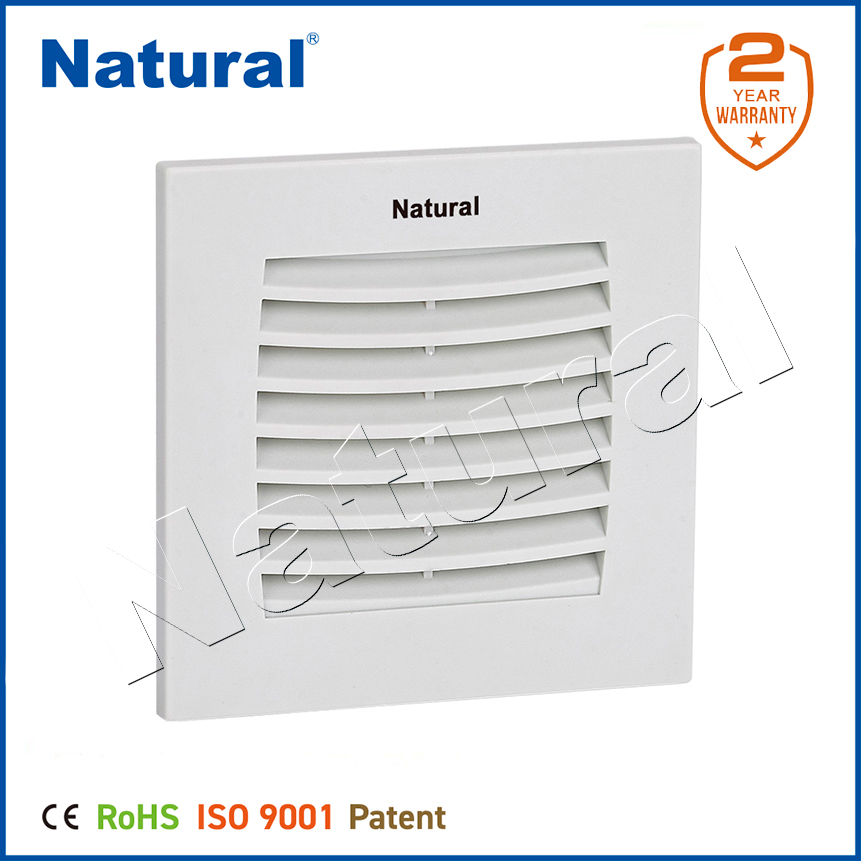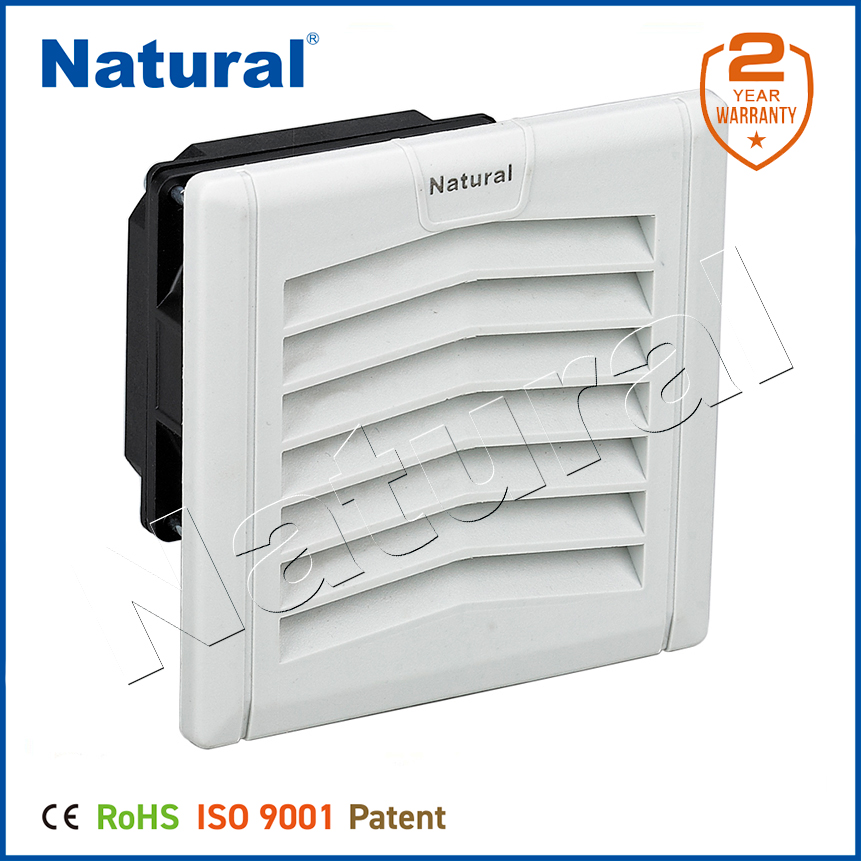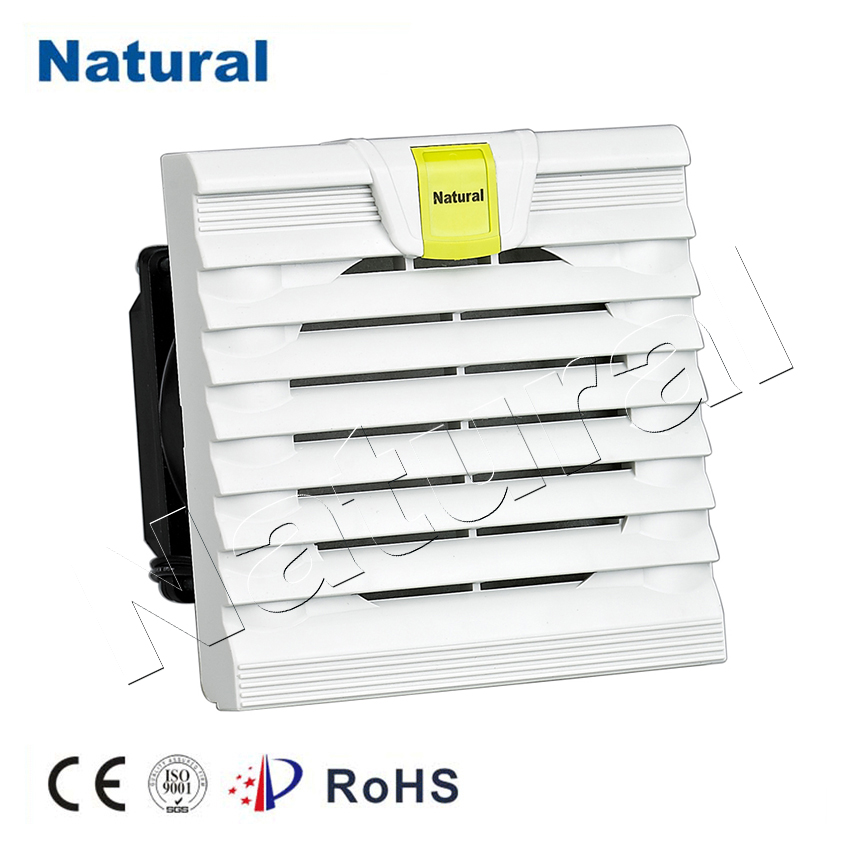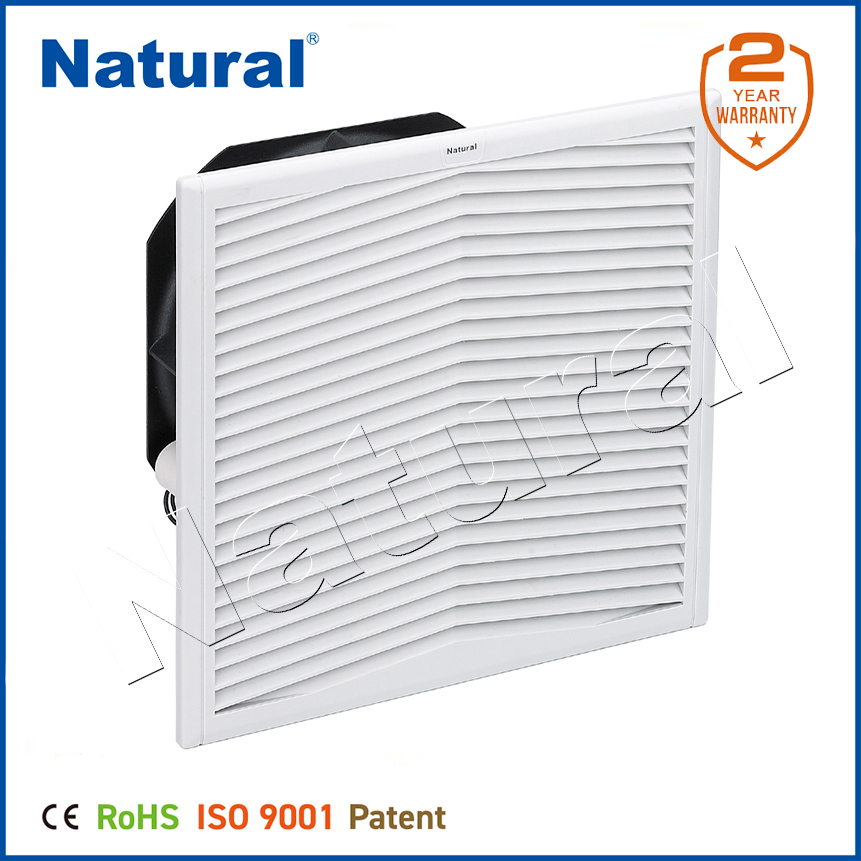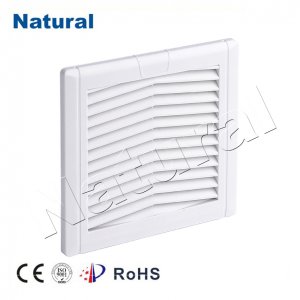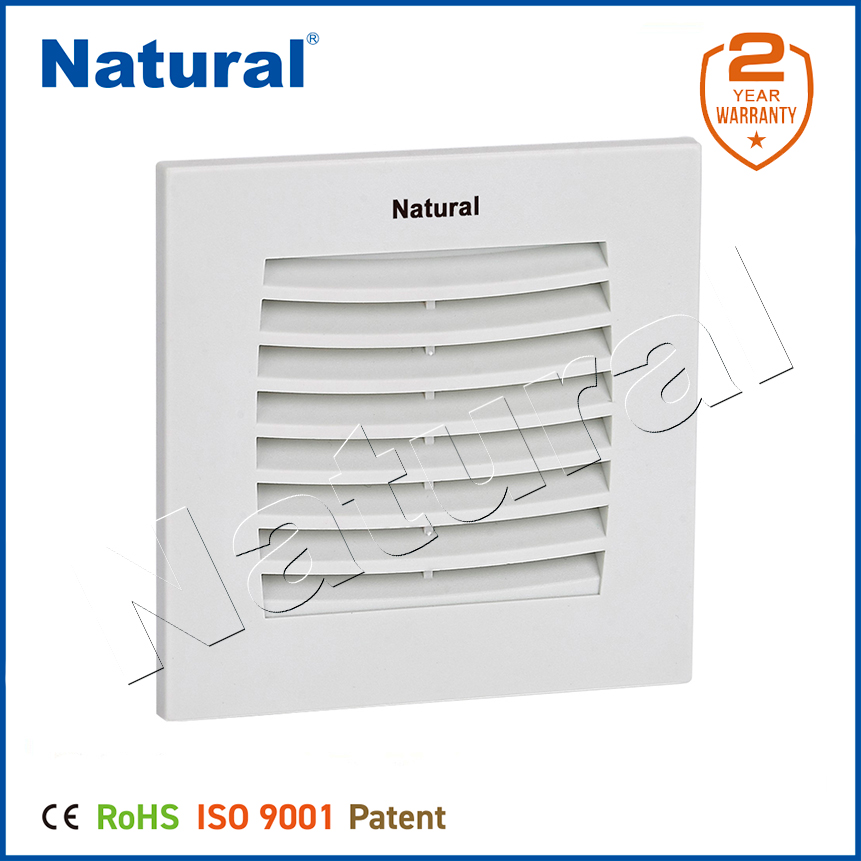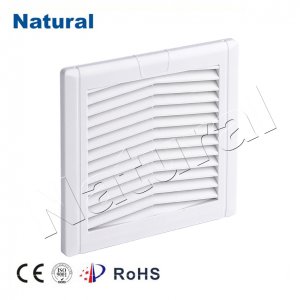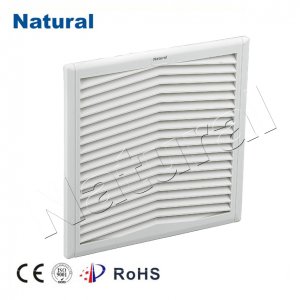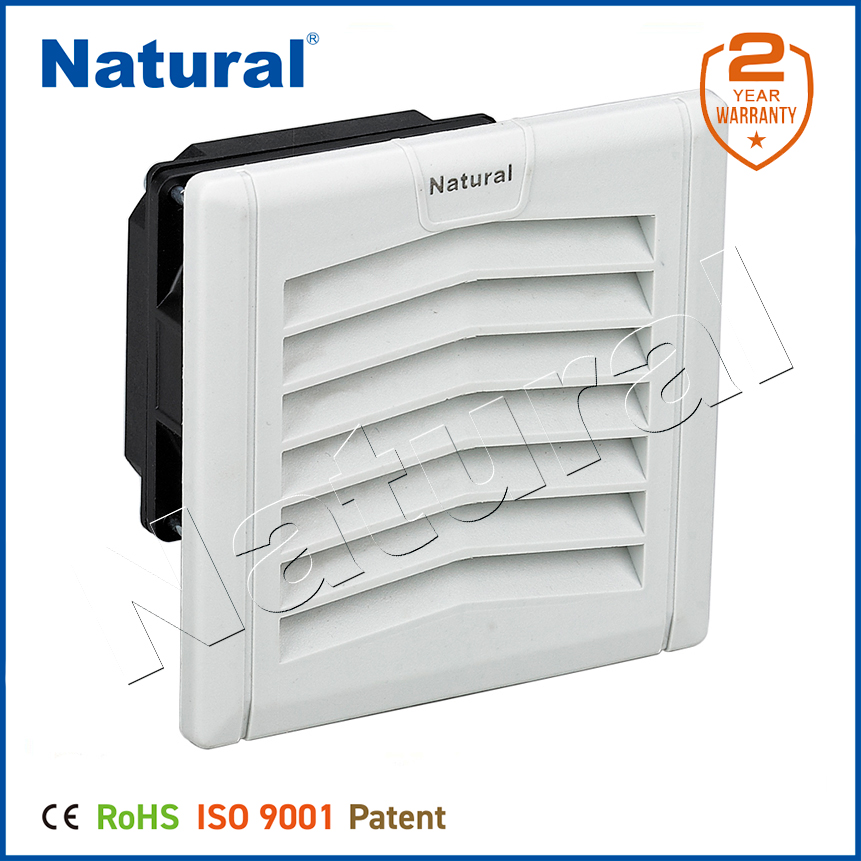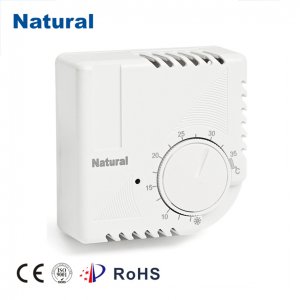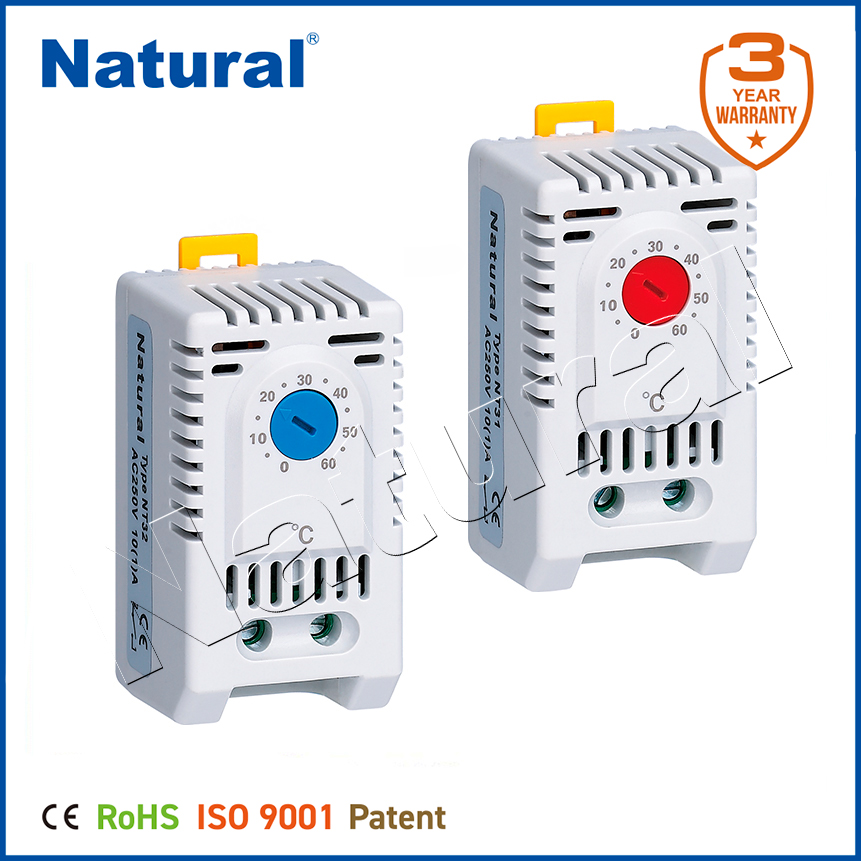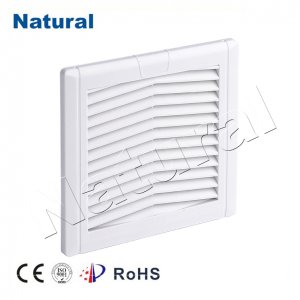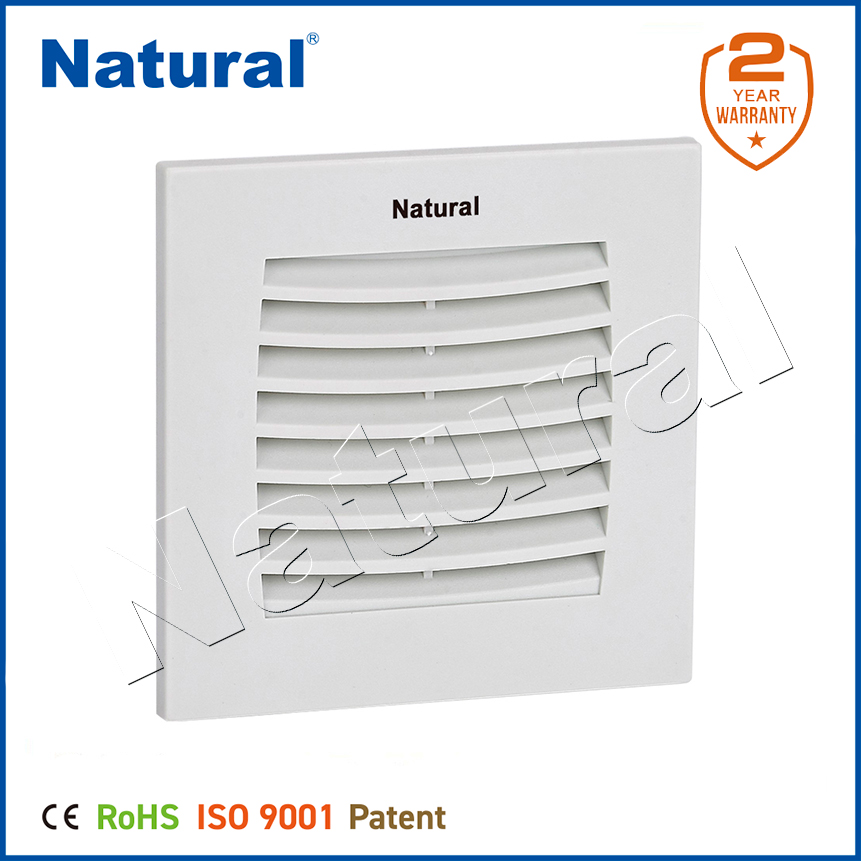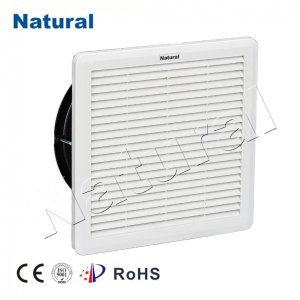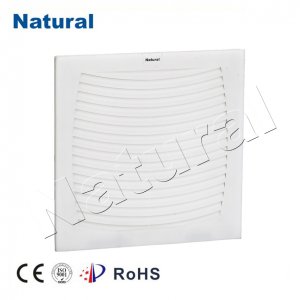Electric butterfly valves are essential components in modern industrial systems, used for regulating flow in various applications. These valves combine the traditional butterfly valve’s simple design with electric actuation, enabling more efficient control and automation in fluid handling processes. This article delves into the functionality, benefits, and diverse applications of electric butterfly valves, highlighting their importance in today’s industrial landscape.

Functionality of Electric Butterfly Valves

At its core, an electric butterfly valve consists of a circular disc or vane mounted on a shaft, which rotates to open or close the valve. The electric actuator, which is powered by electricity, controls the rotation of the disc. This design allows for quick opening and closing of the valve, making it ideal for on/off control as well as throttling applications. The actuator can be operated remotely, facilitating automation in industrial processes. Electric butterfly valves are typically designed with various materials, such as stainless steel, plastic, or cast iron, depending on the application requirements. The choice of material affects the valve’s durability, corrosion resistance, and suitability for specific fluids. For instance, stainless steel valves are commonly used in food processing and chemical applications due to their resistance to corrosion and ability to maintain sanitary conditions.



